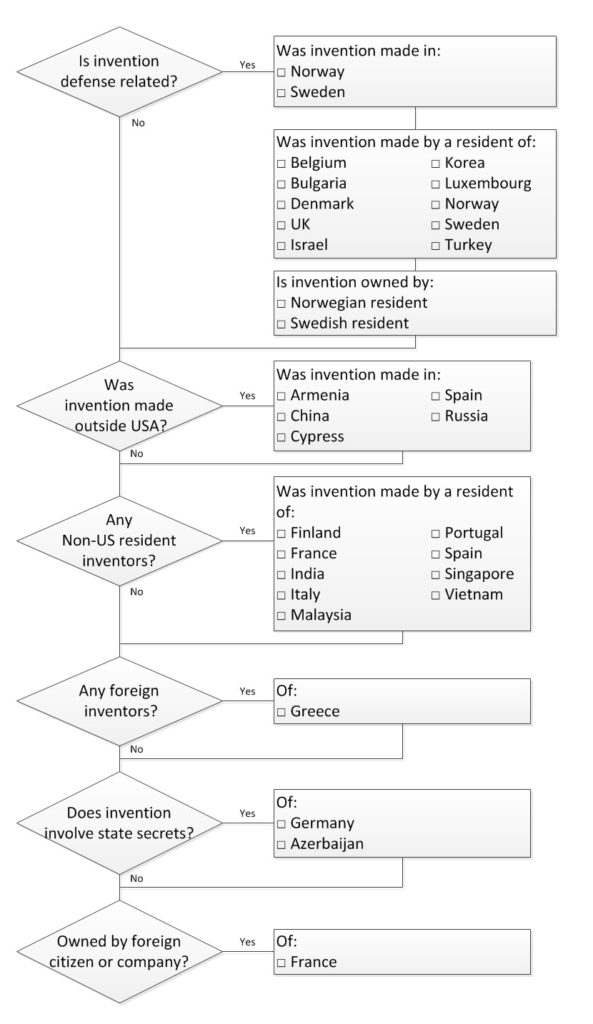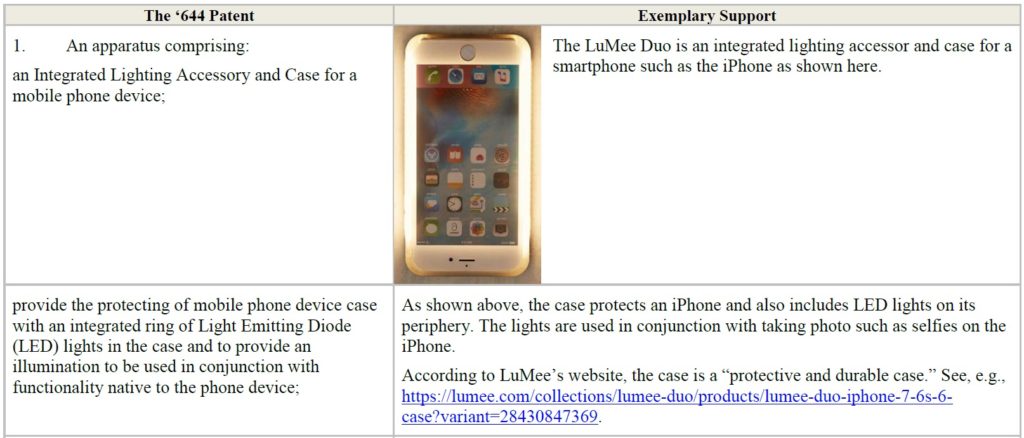In In re Certain Thermoplastic-Encapsulated Electric Motors, 337-TA-1052, (August 11, 2017), Administrative Judge Dee Lord dismissed Intellectual Ventures II LLC complaint asserting infringement of U.S. Patent Nos. 7,154,200, 7,067,944, 7,683,509 and 7,928,348 for lack of standing. Intellectual Ventures predecessor in interest received an assignment from Encap Technologies in 2012. Unfortunately for Intellectual Ventures Encap Technologies did not exist in 2012, having merged with Encap Holding back in 2008.
Intellectual Ventures made a number of technical arguments about how the documents could be construed to transfer title, including arguing that the intention to transfer was clear, and that Encap Technologies was simply acting for Encap Holding. Regardless of what the intention of the parties may have been, the documents simply did not reflect this intent.
Intellectual Ventures also deployed the panacea for chain of title defects — the confirmatory assignment. However, as the ALJ noted, “such after-the-fact attempts to alter the plain language of an assignment agreement during litigation cannot establish standing.” Federal law requires that a complainant establish standing at the time the complaint is filed.
The ALJ noted that Intellectual Ventures best argument was for reformation of the contracts conveying title so as to effectuate the obvious intent of the parties and permit the plaintiffs to claim rights as patent owners. Case law supports such reformation in a number of instances, but unfortunately for Intellectual Ventures, while a court has the power to reform a contract, the ITC is not a court, and lacks the authority to reform the agreements which on their face showed that Intellectual Ventures lacked ownership and therefore standing.
While Intellectual Ventures might have obtained a better result in a district court than before the ITC, the case is reminder of the importance of minding the chain of title, each link of which must be tested to ensure that assignor and assignee in fact existed at the time.


